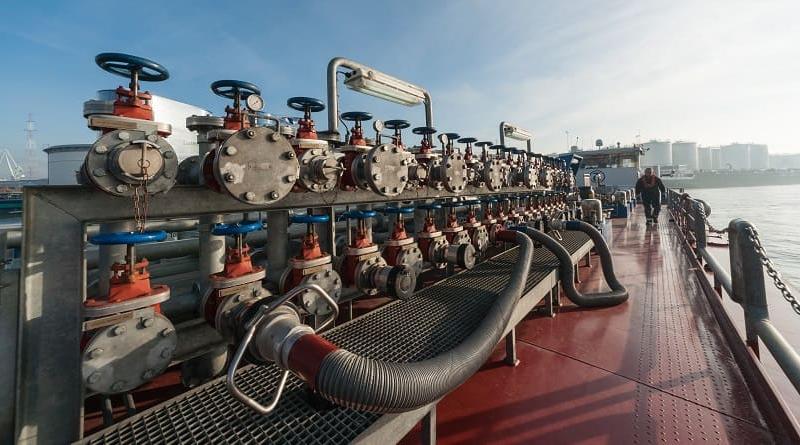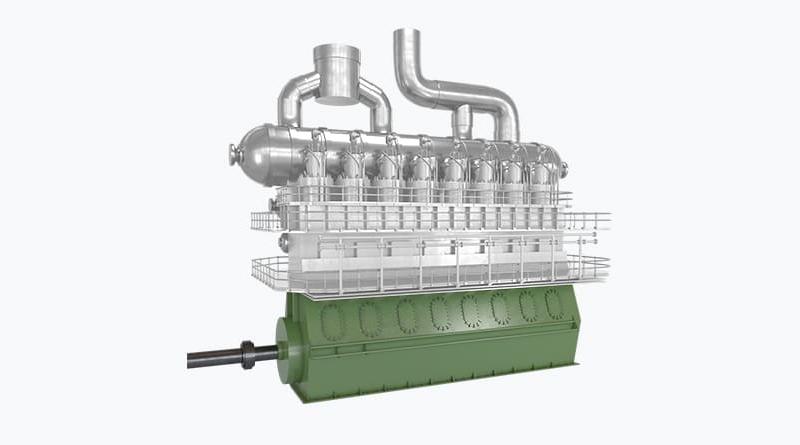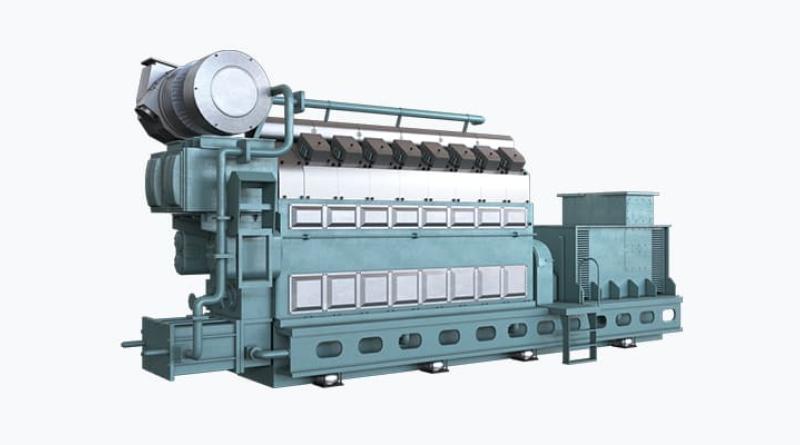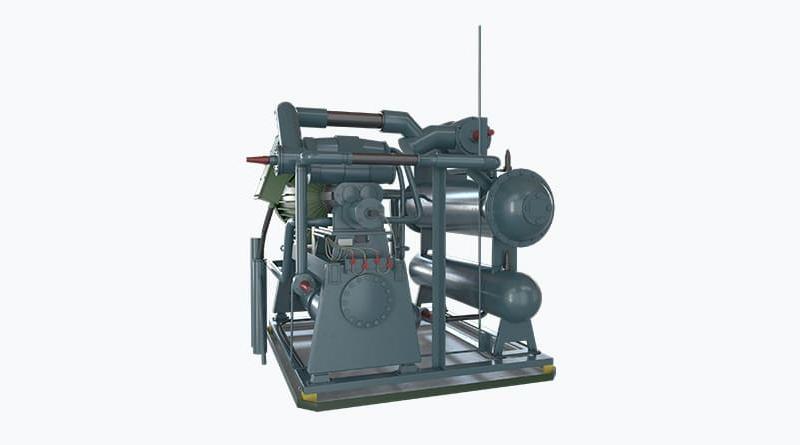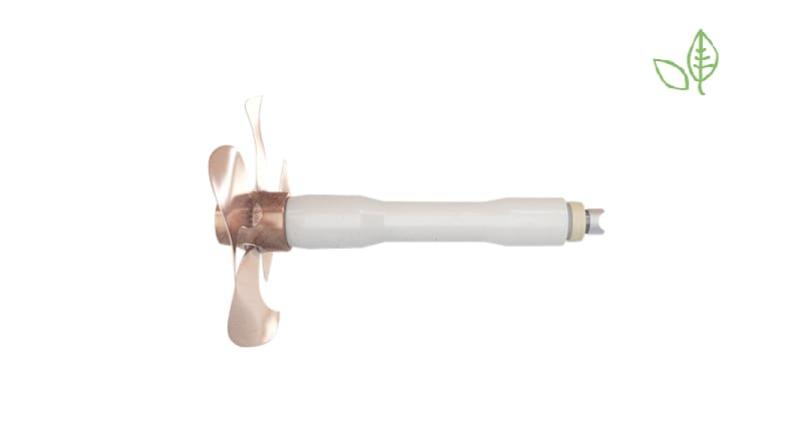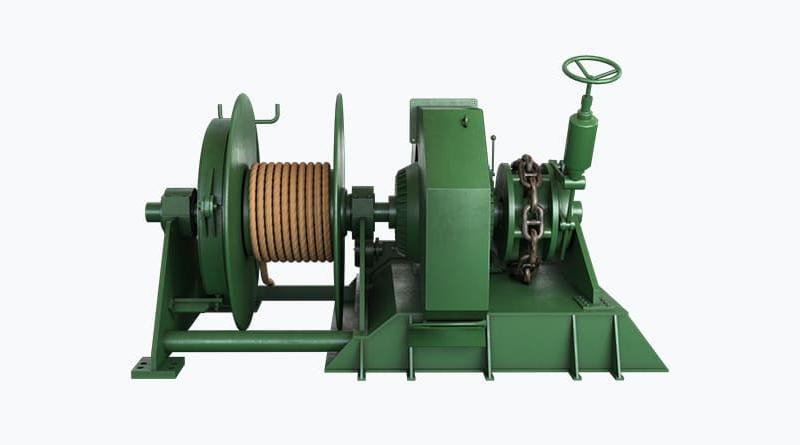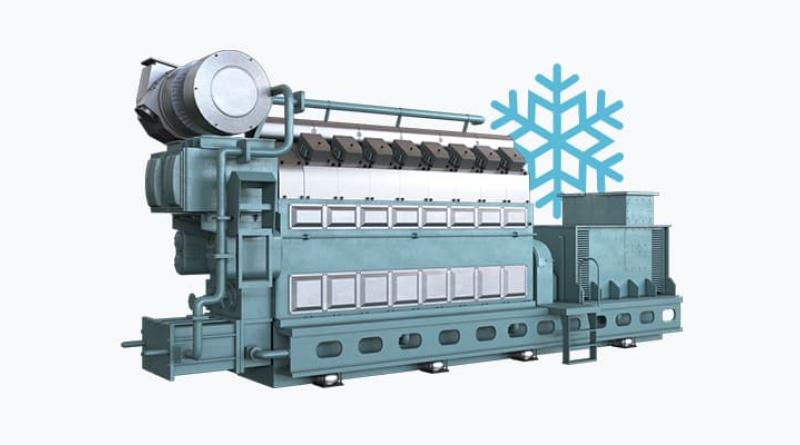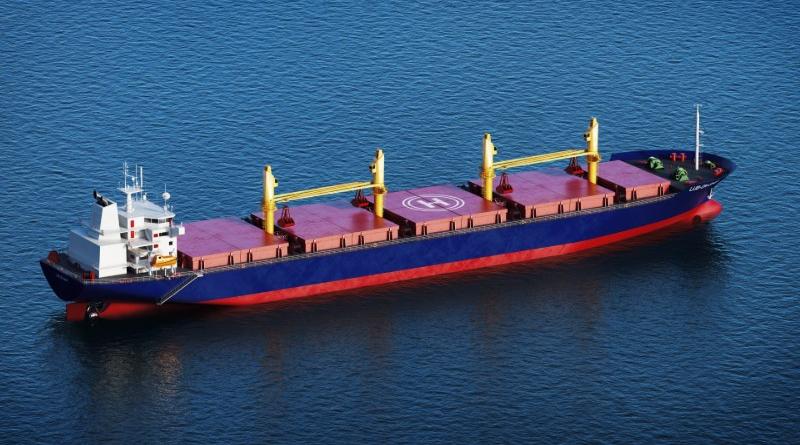FAQ
Viscosity Grade (ISO VG, SAE)
The standardization institutes ISO (International Standards Organization), ASTM (American Society for Testing and Materials), DIN (Deutsches Institut für Normung = German Institute for Standardization), and others created a common viscosity classification. The result is known as the International Standards Organisation Viscosity Grade - ISO VG.
This classification applies mainly for use with industrial lubrication. The viscosity of each grade ranges ± 10 % from the mid-point. The step inbetween two subsequent viscosity grades is approx. 50 % of the lower one. The temperature of 40 °C is related to the operating temperature in machinery.
The viscosity grade of a lubricant oil is also determined by the Society of Automotive Engineers (SAE). Oils can be separated into multigrade oils and monograde oils. Multigrade oils must fulfill two viscosity specifications, their viscosity grade consists of two numbers, e.g. 10W-40: 10W refers to the low-temperature viscosity ("Winter"), 40 refers to the high-temperature viscosity ("Summer"). Currently, most automotive engine oils are multigrade oils, while oils for restricted usage, e.g. for seasonally used engines like lawn mowers, are often monograde oils. While the two numbers specify the SAE viscosity grade, the viscosity index shows the temperature related change of viscosity.


